
Chemical Process - Engineering
Q1: Glycerine is recovered from lye byA evaporation followed by vacuum distillation.
B liquid extraction technique.
C extractive distillation technique.
D none of these.
ANS:A - evaporation followed by vacuum distillation. The correct answer is: evaporation followed by vacuum distillation. Explanation:Glycerine is typically recovered from lye (the byproduct of soap production) through a process that involves evaporation to concentrate the glycerine and then vacuum distillation to separate it from other components, ensuring a higher purity of glycerine.Evaporation followed by vacuum distillation is a two-step process commonly used to recover glycerine from lye or other mixtures in chemical production. Here’s how each step works:1. Evaporation
2. Vacuum Distillation
Advantages of This Process
SummaryEvaporation followed by vacuum distillation is an effective method for recovering glycerine from lye. The evaporation step concentrates the solution by removing water, while vacuum distillation further purifies the glycerine, ensuring a high-quality final product suitable for various applications. |


For help Students Orientation
Mcqs Questions
One stop destination for examination, preparation, recruitment, and more. Specially designed online test to solve all your preparation worries. Go wherever you want to and practice whenever you want, using the online test platform.

